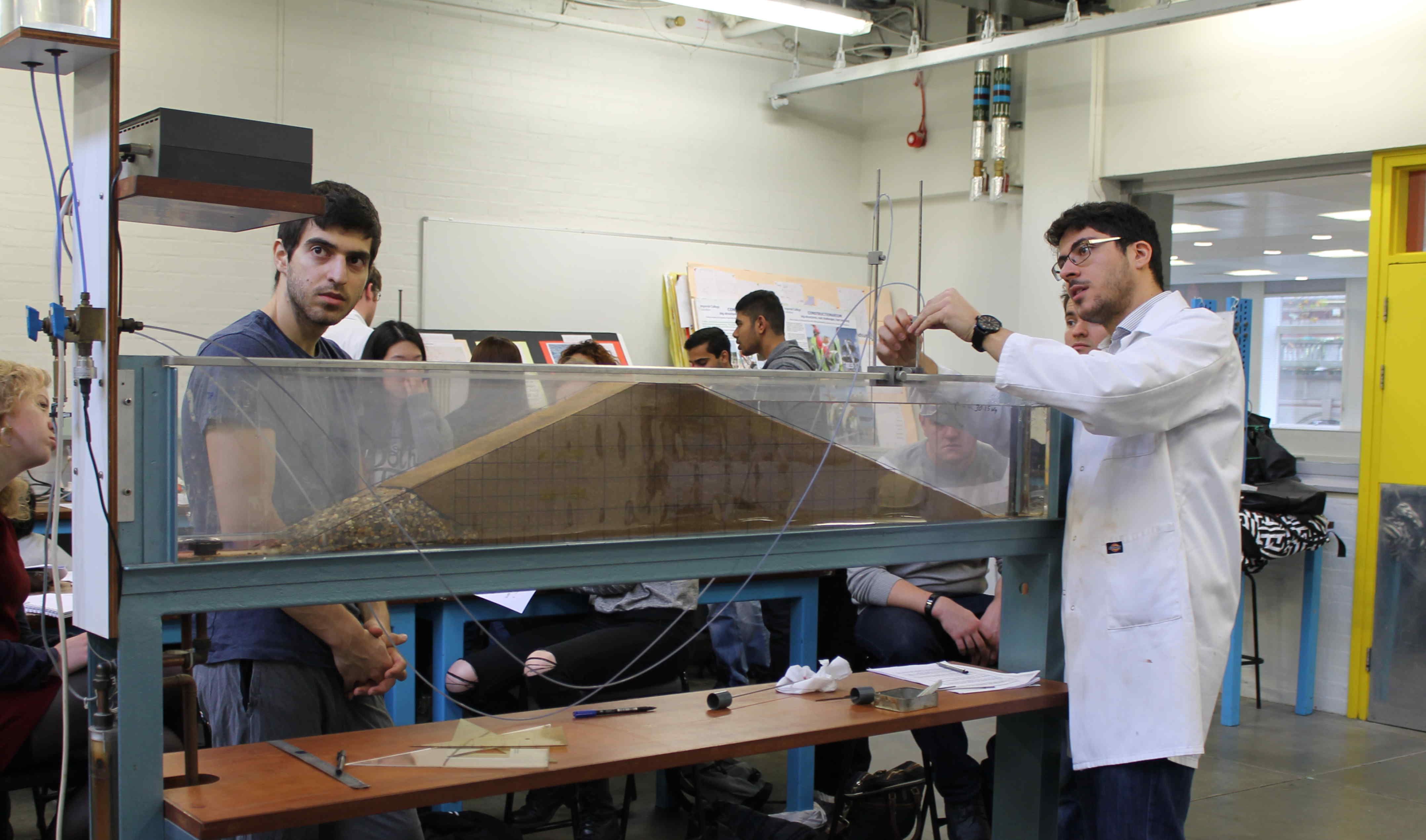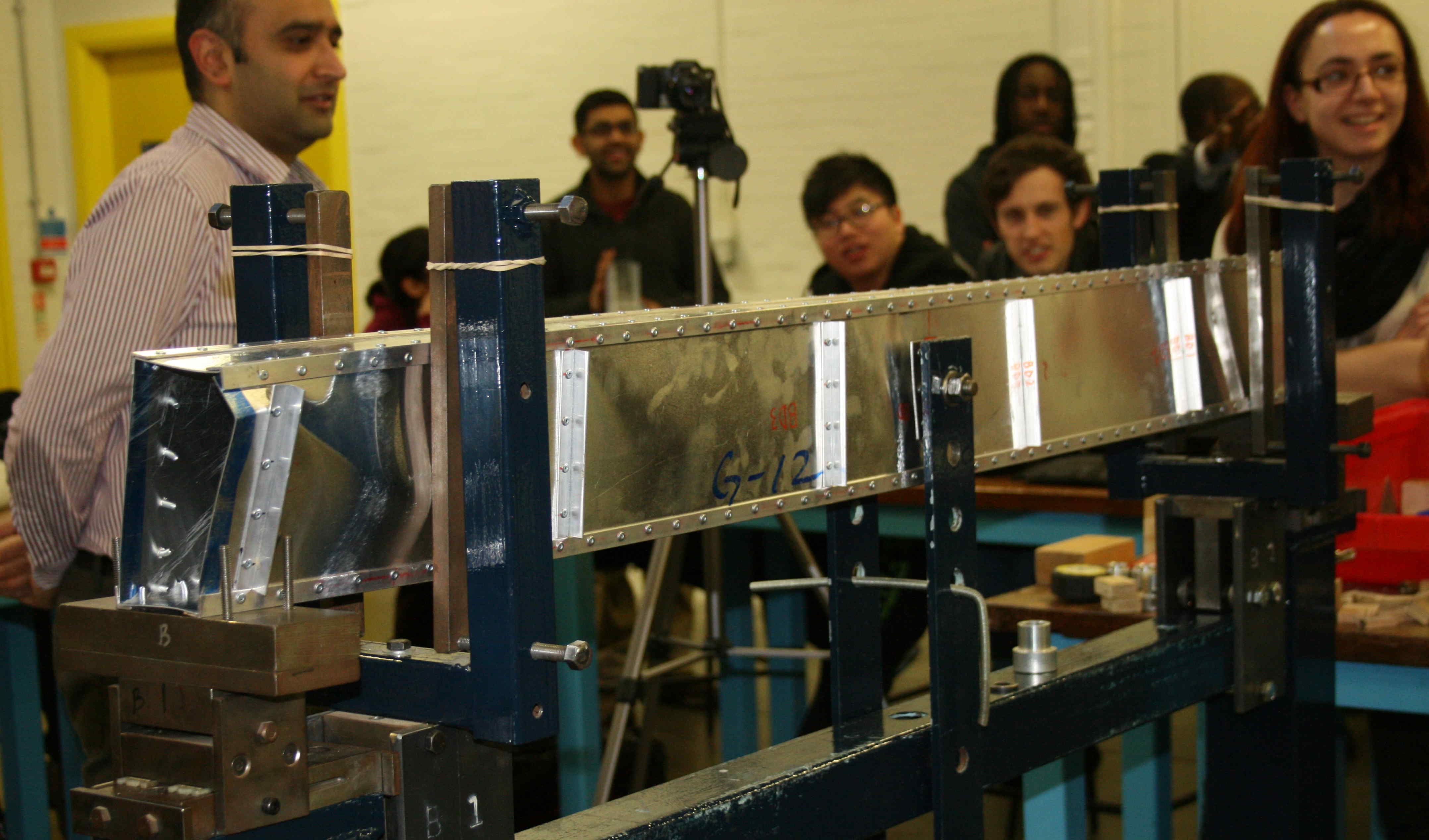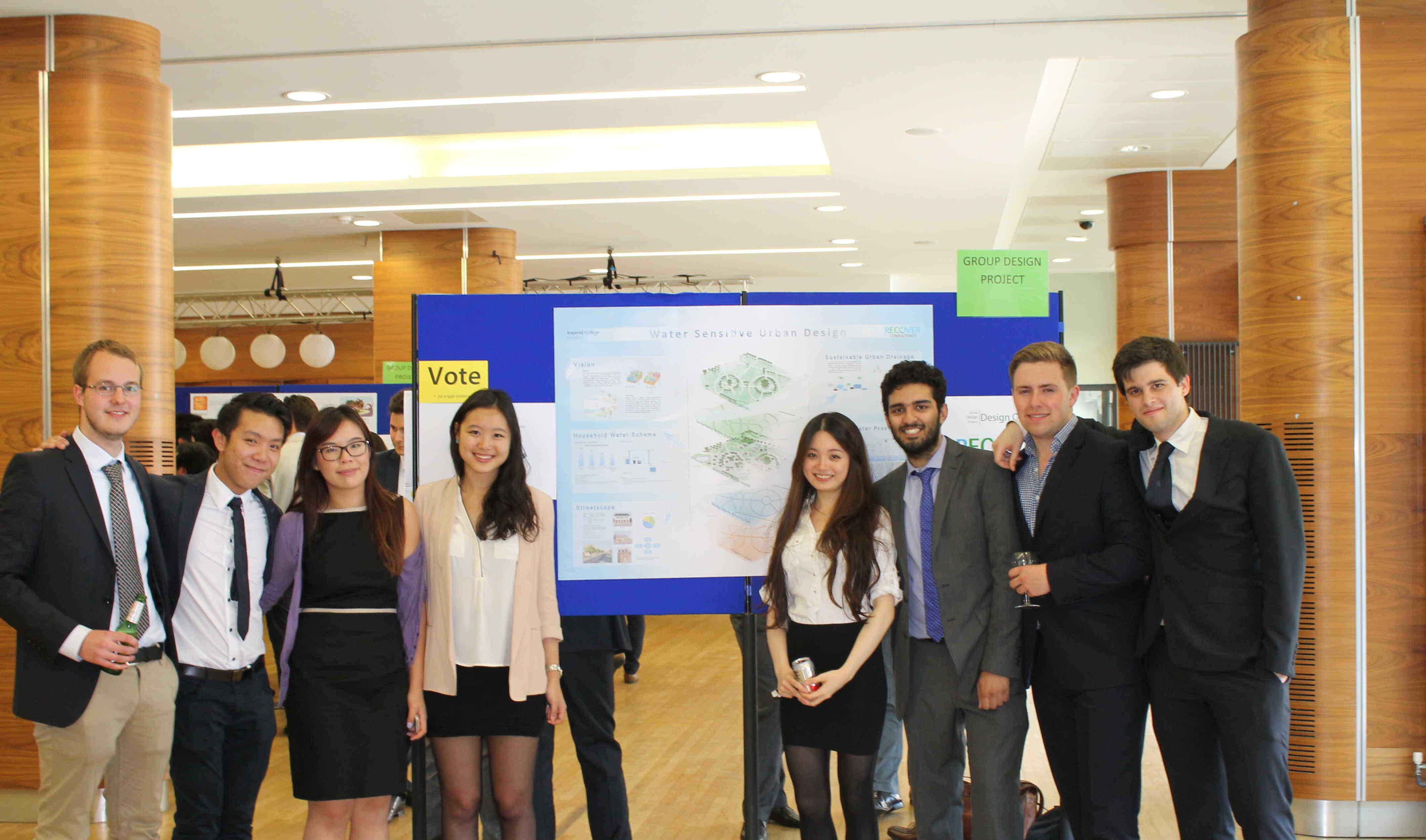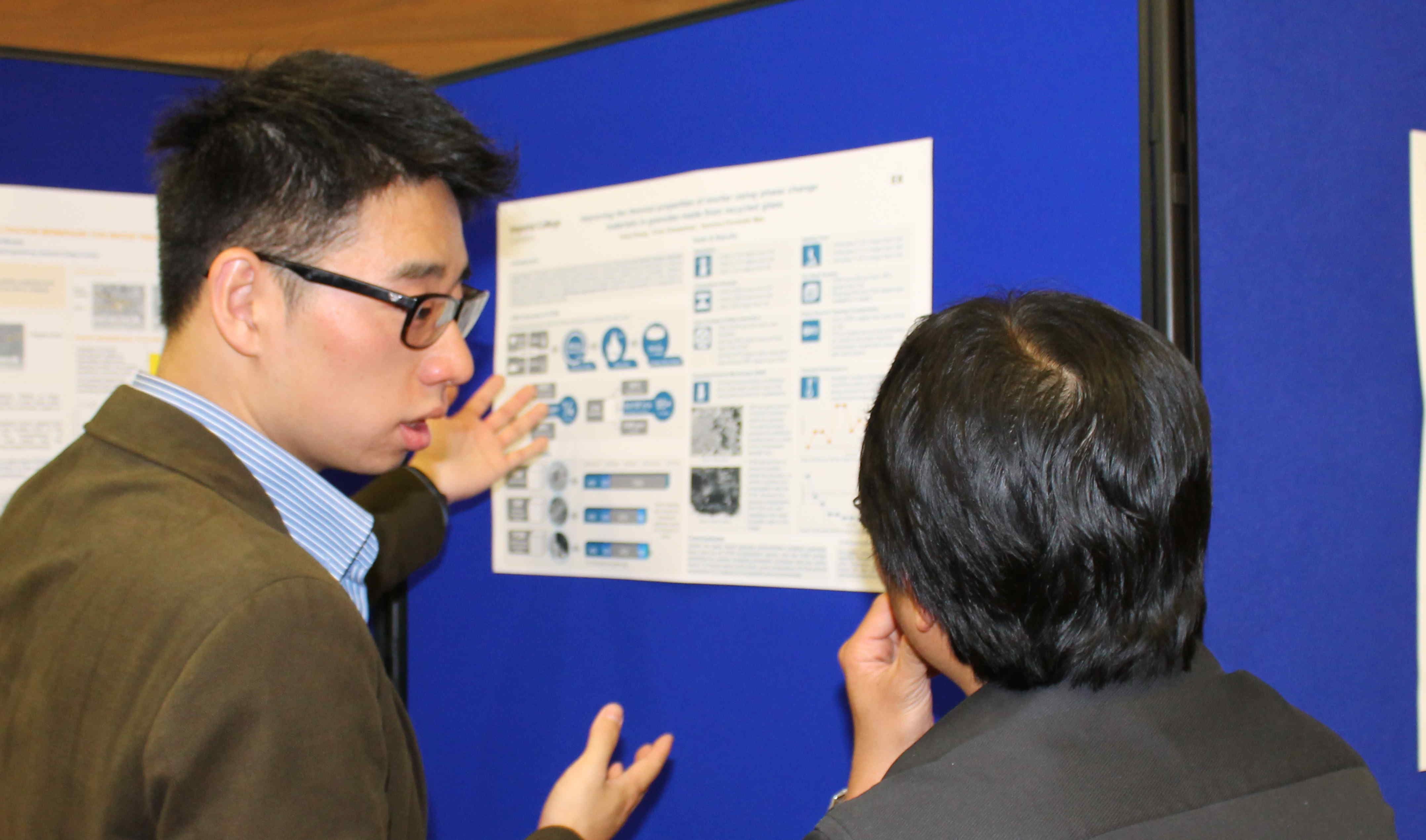The module is delivered across two intensive weeks during Creative Design where no other teaching takes place. 2 x 1 weeks are Creative Design weeks in which you will work as groups to develop Civil Engineering designs across multiple design scales.
The sketching and modelling modules are delivered as a set of ten sessions, with short tasks to be completed in the first seven sessions. Final project presentations are given at the end of each week. You will learn sketching, how to produce technical drawings using 2D and 3D Rhino, and parametric design such as Grasshopper 3D and Karamba 3D.
The objectives of Creative Design are to: (1) Give students an appreciation of the purpose behind the theoretical teaching they receive, (2) To show they can all be creative “designers” and (3) Give students the confidence to be creative designers through hands-on experience of the processes in relation to a practical project: from brief assessment, feasibility, concept, scheme, detail design, construction information to construction.
Each of the 10 days (two 5-day weeks) is structured in the same way, following through five phases; (1) Inspiration (in the form of a presentation given by a practising engineer from civil, structural or environmental engineering, where they present a subject from their own field, including what inspires them and what they think they would have liked to have been told when starting their engineering degree), (2) Learning, (3) Feedback (where the guest engineer who will have been part of the project working session in the preceding day, is able to contribute new thinking to a feedback session for all students), (4) Technical Work (where students are provided with guidance notes from tutors, based on what they have seen previously and to help the students advance their project. The tutors are currently members of the Buro Happold team and members of academic staff covering all of the technical areas relevant to the project) and (5) Project work.



